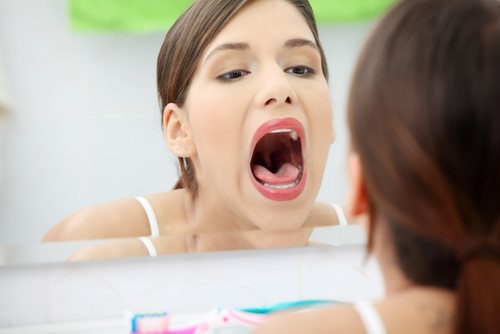DIAGNOSIS
Your doctor will likely be able to make a diagnosis simply by performing a physical examination. During the exam, they’ll inspect the location of your rash and the appearance of your skin.
Your doctor may also want to perform a skin culture before making a diagnosis of candidiasis of the skin. During a skin culture, your doctor will rub a cotton swab over the affected area and collect a skin sample. The sample will then be sent to a laboratory to be tested for the presence of Candida.
RECOMMENDED MEDICATIONS
Treatment will depend on age, overall health, where the infection is and how severe it is.
Most candida infections can be treated with over-the-counter medications.
Vaginal thrush can be treated with antifungal cream, tablets or pessaries (tablets which are inserted into, and dissolve in, the vagina).
Diaper rash due to candida can be treated with antifungal cream and by frequently changing baby’s diaper.
Oral infections are usually treated with an antifungal mouthwash.
Home remedies
Candidiasis of the skin can usually be prevented with home remedies, the most important of which is proper hygiene. Washing the skin regularly and drying the skin thoroughly can prevent the skin from becoming too moist. This is vital to keeping Candida infections at bay.
There are many lifestyle changes you can make to both prevent and treat a candidiasis infection.
- Quickly change out of damp clothing, such as swimsuits or sweaty workout clothes.
- Change your socks and undergarments regularly.
- Wear loose-fitting clothing.
- Use gentle and scent-free soap on affected areas.
- Add probiotics to your diet.
- Reduce the amount of sugar in your diet.
Since abnormal blood sugar levels can contribute to the development of Candida infections, keeping your blood sugar under control may also help relieve symptoms. You may be able to lower your blood sugar by reducing the amount of sugar in your diet and by exercising for 30 minutes at least three times per week. If you have diabetes, it’s important to continue following your doctor’s instructions as you may need to start receiving oral medications or an increased amount of insulin.
In severe or persistent cases of candidiasis, your doctor may recommend using an antifungal cream or powder that can be applied to your skin. Over-the-counter antifungal creams that are often recommended include clotrimazole (Mycelex), miconazole (Monistat), and tioconazole (Vagistat). This type of treatment can kill Candida and reduce the spread of the infection.
Your doctor may prescribe an antifungal cream such as nystatin or ketoconazole if the over-the-counter treatments aren’t effective. If the infection has already spread to areas inside your body, such as your throat or mouth, you may need to take an oral antifungal to get rid of it.


